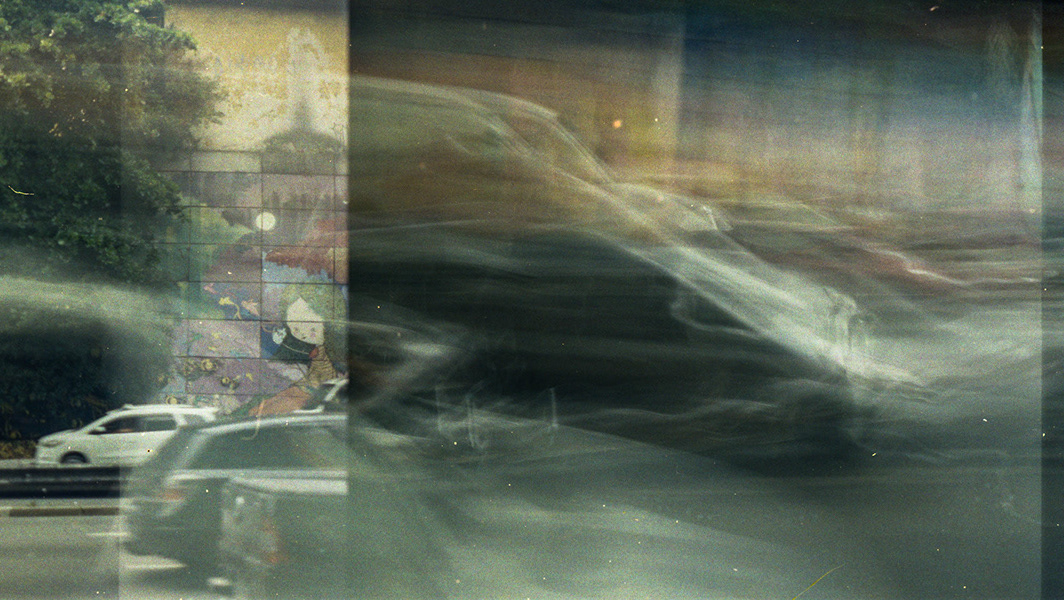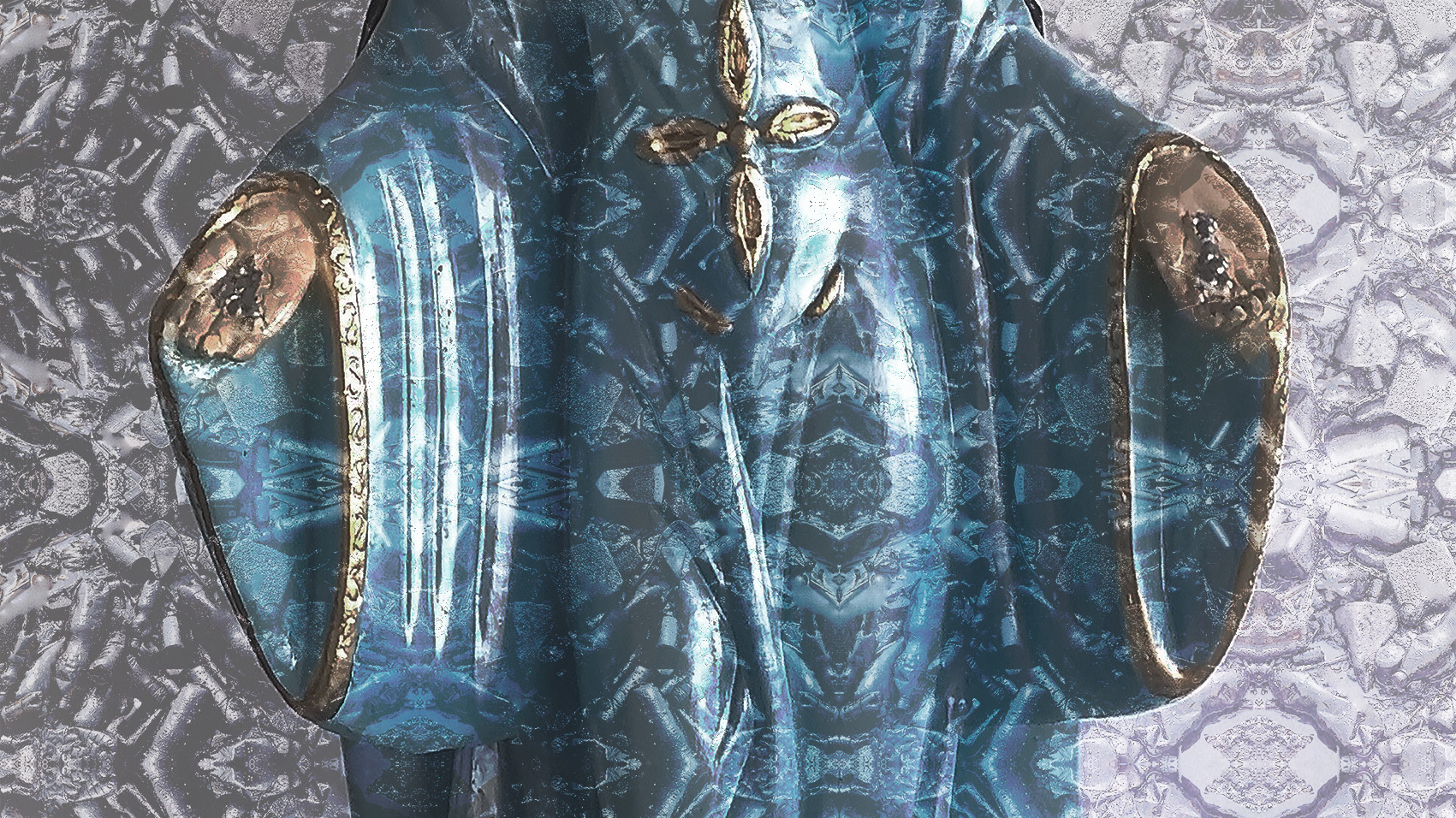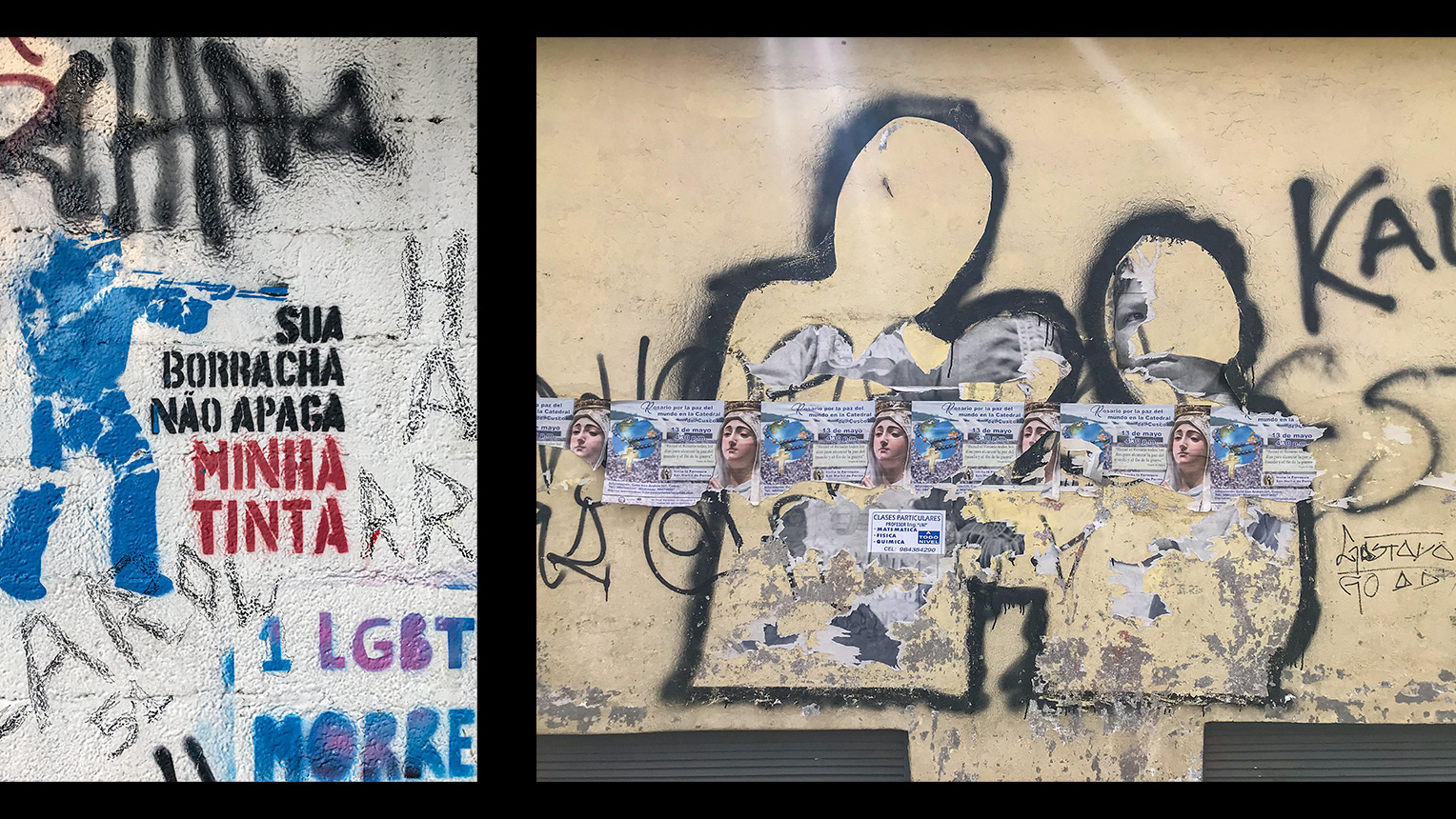Matches and Mismatches is not just an inventory of the city, of its metal doors and what they keep inside. Each pair of photographs presents the same door, closed and open, which insinuates itself in search of interpretations and extrapolations.
The most immediate reading is related to protection: closing it to remain inaccessible and, at the same time, it becomes accessible as a canvas for graffiti artists to attest their existence. A development that is largely unwanted by shop owners, who even replace the spontaneous work with a controlled and paid version of their self-image representations. Some even ignore them, as they are visible only when there are no more customers, after business hours, and the streets are practically empty.
And what other readings can we do? Would it be an analogy for the different factual and / or imagined dichotomies (accessible / inaccessible, visible / invisible, authorized / transgressor, and so on)? A question of who can access and enjoy art, when and under what terms? What is visible to us during our life paths? If our routines allow us to find art and know the identity of the city in which we live? Anyway, it is a set of images that allows the projection of the expectations and experiences...
The series started in July 2018, a time when, less limited in our drift by the cities, with the greatest restrictions being on crime and accessibility. In times of lockdown, other questions related to coexistence in public spaces… and a provocation for the future: when we return to the streets, will we be just passers-by again or will we claim their possession? After the confinement is over, will we be able to enjoy the city and find ourselves in it and with it?






